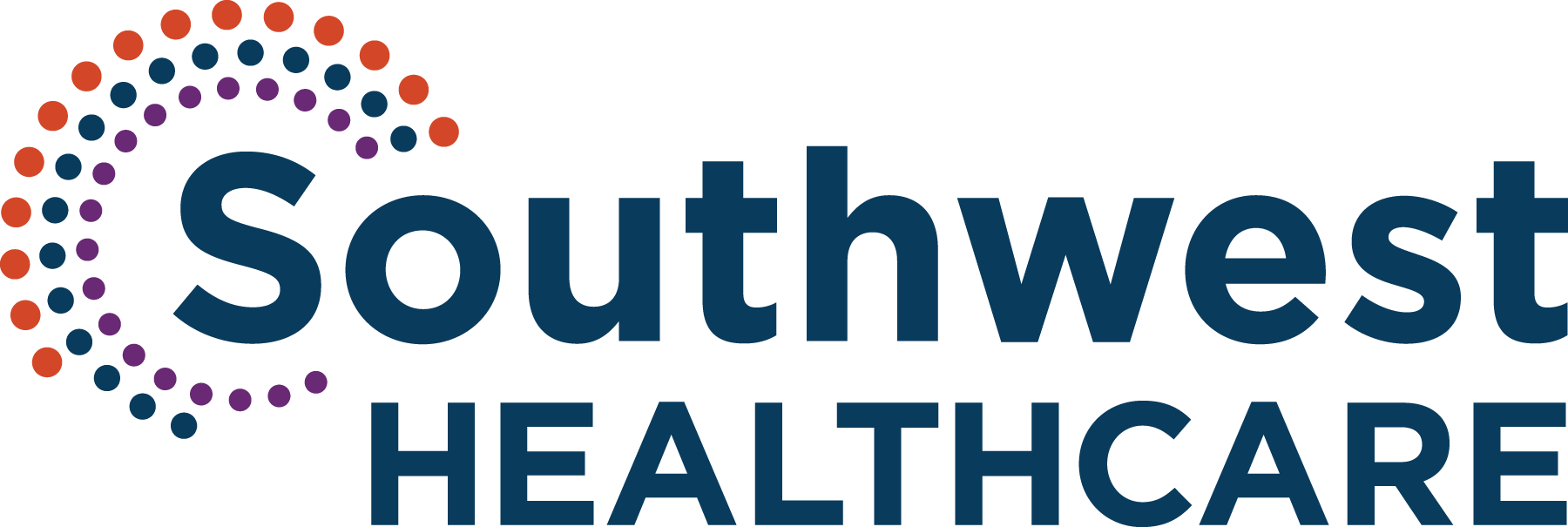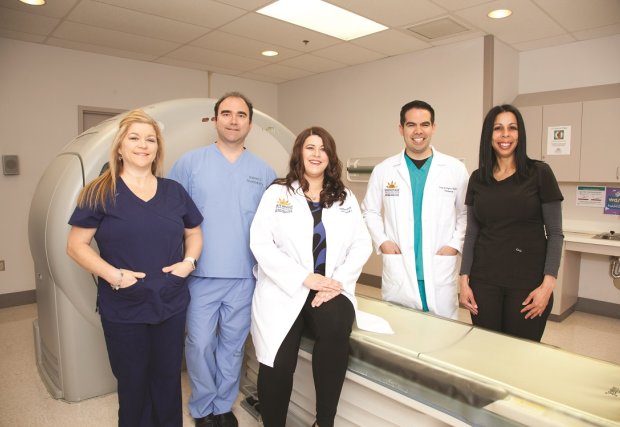According to the American Stroke Association, stroke is the fifth leading cause of death in the United States, killing nearly 130,000 people a year. Knowing the symptoms, and getting immediate help, are critical to saving lives and having the best possible recoveries.
The FAST acronym on this page provides an easy way to remember the warning signs of a possible stroke.
There are several types of stroke. Hemorrhagic strokes occur less often and result from a weakened vessel that ruptures and bleeds into the brain. An ischemic stroke is the most common type and occurs when there is a blockage in an artery obstructing blood flow to the brain. TIAs (transient ischemic attacks) or “mini-strokes,” are temporary blockages that can cause symptoms similar to an ischemic stroke, then go away. Seeking medical help for TIAs is important because they can be a warning sign of a full-blown stroke to come.
Our highly skilled teams can help. Inland Valley Medical Center and Rancho Springs Medical Center are both Certified Advanced Primary Stroke Centers by The Joint Commission. This distinction recognizes centers that make exceptional efforts to foster better outcomes for stroke care. In the event of a possible stroke, dedicated providers – including emergency personnel, neurologists, neurosurgeons and radiologists – are ready 24 hours a day to respond quickly and begin treatment.
Strokes can affect people of all different ages and backgrounds, but certain people may be at greater risk. Factors that may increase your chances of having a possible stroke include heredity; certain health conditions such as high blood pressure and obesity; and some lifestyle choices, such as smoking and heavy drinking. Talk with your doctor about your risks and preventive steps you can take to stay healthy.
Learn more about stroke care at Inland Valley >
Learn more about stroke care at Rancho Springs >
Recognize these signs of stroke and act FAST
The most common symptoms of a possible stroke can be remembered by this acronym:
FACE: Ask the person to smile. Does one side of the face droop?
ARMS: Ask the person to raise both arms. Does one drift downward?
SPEECH: Ask the person to repeat a simple phrase. Is it slurred or strange?
TIME: is critical! If you see any of these signs, call 9-1-1 immediately.
If these symptoms appear, don't wait! Call 9-1-1 or seek medical attention right away.

